After thorough research on vineyards within an American Viticultural Area (AVA), I decided that the first stop on my trek to the AVA of North Fork, Long Island would be Macari Vineyards. Planted in the heart of Mattituck, New York, Macari Vineyards operates on 500-acres of land and produces nearly 12 to 15 thousand cases per year. These cases are then distributed to hundreds of businesses across the New York region. This 21-year-old vineyard grows an array of grape varieties. Pinot Noir and Merlot grapes are ubiquitous, along with the Chardonnay grape variety, which manufactured their award winning, oak-fermented 2015 Chardonnay Reserve. Because Macari Vineyards cultivates multiple universal grape varieties, this wine production facility creates an ideal basis for an understanding of techniques used in creating still and sparkling wine.
Macari Vineyards can be described as having a maritime climate. In fact, this AVA is positioned right in-between two bodies of water: The Long Island Sound and Little Peconic Bay. Soil plays a tremendous role in viticulture, so it’s necessary that North Fork use soils with tremendous drainage. In order to complement the maritime climate, sand soil is native to Macari Vineyards and allows vines to dispose of excess water.
After inquiring about the toughest seasons the vines endure, I was told that because of the currents from the ocean, airflow helps evaporate excess moisture. This creates an ideal climate for grapes to flourish year-round. Winemakers do not have to worry about frost compared to AVAs located more inland. Instead, managers are more concerned with animals with a need to devour maturing grapes. Netting is used to prevent critters from reaching these delicate, delicious yet profitable fruits.
My visit to Macari Vineyards consisted of a wine tasting and a cellar tour conducted by Audrey, an employee who has been working at the vineyard shy of three years. Her level of knowledge made it apparent that she had been working there for a shorter amount of time in comparison the rest of the employees. However, because it was my first vineyard tour, my expectations were satisfied.
Stainless steel, concrete, and oak fermentation are used in the vinification process. Stainless steel is used mainly for white wines, which create crisp, green apple and citrus notes. This was evident in the Sauvignon Blanc presented at the wine tasting. Concrete fermentation is practiced for white wines as well. This type of fermentation creates a creamy and smooth texture on the palette. The wine that embodied these characteristics was the Dos Aguas White Blend, a bottle that I couldn’t resist buying to enjoy with seared scallops covered in a light, garlic sauce.
In the cellar, I was also exposed to the riddling process for sparkling wines. Hundreds of bottles were upside down in racks called “pupitres”. Bud break for these Cabernet Franc grapes happened in May and were picked early to produce a dry rosé. I was elated to be able to witness a step in making champagne using the traditional method.
On Macari Vineyards, winemakers pride themselves in using a holistic approach to viticultural practices. There are absolutely no chemicals on the farm. Instead, everything is organic. A compost area has been established, which is used to help fertilize the soil. As a student who not only studies wine, but advocates for living a healthy lifestyle, I would recommend Macari Vineyards for an educational and enjoyable experience. Its wines are impeccable and truly exemplify quality wines within the New York State region.
Alech, A. (n.d.). American Viticultural Area. Retrieved November 20, 2018, from https://www.winefrog.com
Macari, W. (n.d.). Macari Vineyards. Retrieved November 20, 2018, from http://macariwines.com/
Nickles, J. (2017). 2017 Certified Specialist of Wine Guide.

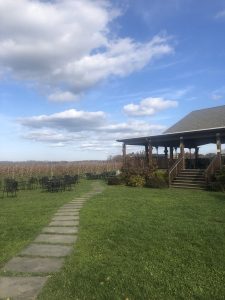
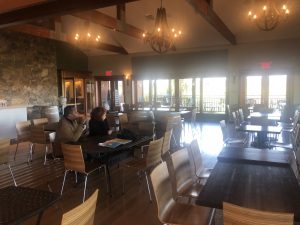
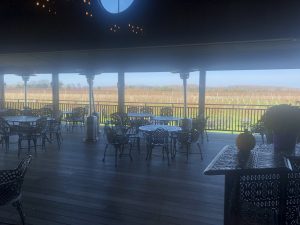
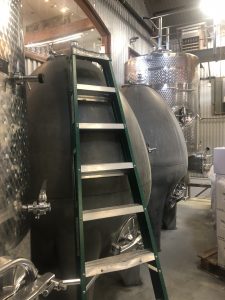
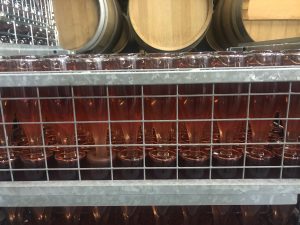




It seems the vineyard tour allowed you to synthesize your developing knowledge of viticulture and vinification. Your learning is expressed well.